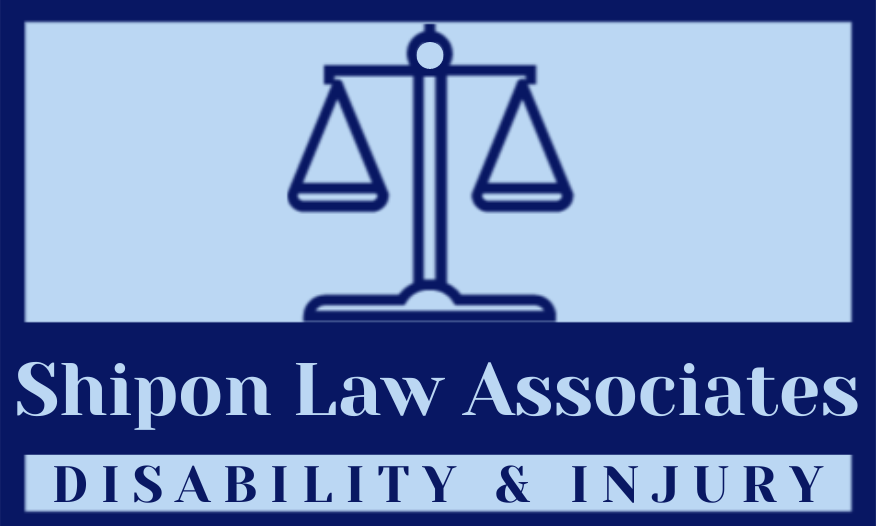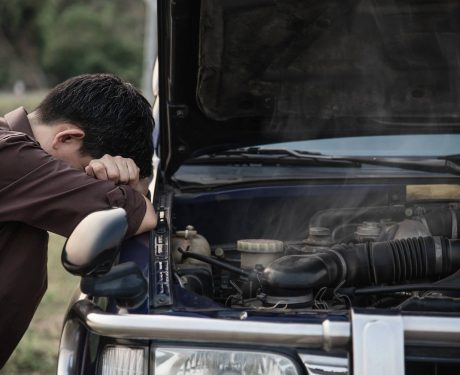An auto manufacturer must design and manufacture its product with the understanding that auto accidents occur, and that the vehicle must be safe after the initial collision, so as to prevent catastrophic injuries. “Crashworthiness” is the usual term relating to the protection that a vehicle provides to the driver and the passengers in a car accident.
Rollovers/Roof Crush Injuries
Auto defects in SUVs and 15-passenger vans make them prone to dangerous rollovers due to their high centers of gravity and narrow wheel bases. If there is a defect in the frame of the roof, it prevents the vehicle from being strong enough to withstand the weight of the vehicle causing it to collapse and severely injure occupants.
Child Safety Seat Failure
Defects such as inappropriate belt geometry, insufficient padding, flammable materials, & incomprehensible installation instructions, can cause total safety seat failure as well as contribute to catastrophic head, neck & chest injuries to children.
Tire Failures/Incorrect Tire Placement
Tires with belts that are misaligned during the building process can cause the tires to fail (delaminate or “detread”) years before the tire is taken out of service. Tires that are older than 7 years are prone to detread and neither tire nor auto manufacturers warn about this danger. Also when two tires are replaced on a vehicle, it is important to place the newest tires in the rear of the vehicle. Vehicles with new front tires and worn rear tires are more likely to hydroplane on wet roadways.
Defective Airbags
Defects in the electronic control unit that deploys the airbag can cause the airbag to fail to deploy or deploy late resulting in a failure to shield the occupant from injuries. Additionally, some defects can cause the airbag to deploy with so much force that the airbag itself inflicts catastrophic injuries.
Seatback Failure
When involved in a rear collision, the seat provides the primary restraint. Defects in the design of seats in modern vehicles can cause them to collapse during rear collisions when the striking vehicle is travelling more than 25 mph. Drivers and passengers can be paralyzed and children in the back seat can be killed.
Seat Belt Failure
Defective seat belts can fail to properly restrain occupants or cause additional injuries in auto accidents. Common defects include: lap- belt-only design, weak belts, non-locking harnesses, and malfunctioning latches, retractors, & anchors.
Defective Ignition Switches in GM Vehicles
A defect in ignition switches can cause the vehicle to uncontrollably switch to “accessory” mode which shuts down the engine and causes the vehicle to lose power, even when driving. This loss of power also results in the airbag not deploying and has been linked to serious accidents and several deaths.
*See our list online of vehicles named in the recall.
Latch Failures
Any time a door or liftgate opens during a crash, there is a heightened risk of an occupant being ejected and catastrophically injured. This can be the result of a defect in the latching mechanism.
Fuel System Fires
The fuel system of vehicles must be manufactured in a way that they can withstand a serious accident and not have fuel leak and cause a serious and uncontrollable fire, burning and killing accident victims.
Traumatic Brain/Head Injuries
Traumatic brain injuries (TBIS) result from a severe blow to the head or penetration of the skull that permanently disrupts brain function. Victims may be unable to move, eat, speak or even breathe without assistance. Therefore, a brain injury often requires ongoing therapy and other treatments, as well as specialized living assistance. Any accident that causes head trauma or skull fracture may result in a traumatic brain injury.
Birth Injuries/Cerebral Palsy
Common birth injuries like cerebral palsy are almost always entirely preventable with proper monitoring and medical care during birth. These injuries usually result when doctors, nurses or other medical staff are negligent in providing care. Birth injuries are particularly tragic because they seriously impact the rest of the child’s life.
Traumatic Amputation or Loss of Limb
Traumatic amputations occur when an object impacts or pinches a limb with enough force to sever it partially or completely. Products might be poorly designed without adequate safety considerations built in or fail to operate properly, causing an amputation injury. Sometimes injuries such as: crush injuries, burn injuries, or lacerations are so severe that amputation becomes necessary
Spinal Cord Injuries
Spinal cord injuries result from direct trauma to the spine. An impact of sufficient force can cause the vertebrae of the spine to fracture or become dislocated. When this happens, the nerves of the spinal cord, which are essential to movement of the limbs, can sustain damage. Complete spinal cord injury results in a total loss of motor function below the site of the damage. Incomplete spinal cord injury, on the other hand, results in limited movement and sensation below the injury site.
Wrongful Death
“Wrongful death” is any fatality that results from another person’s negligence, wrongful act or illegal violence. When someone dies due to the legal fault of another person, a private company, manufacturer or government agency, the victim’s survivors may be able to bring a wrongful death lawsuit against the liable party or parties.
Severe Burn Injuries
Burn injury victims may require multiple surgeries, skin grafts and other painful and costly burn injury treatments. Burn injuries can also have lasting effects such as disfiguring scars and bring more prone to infections. The most catastrophic of all burn injuries are third degree burns because they cause damage to the muscle tissue perves and possibly even hone.

